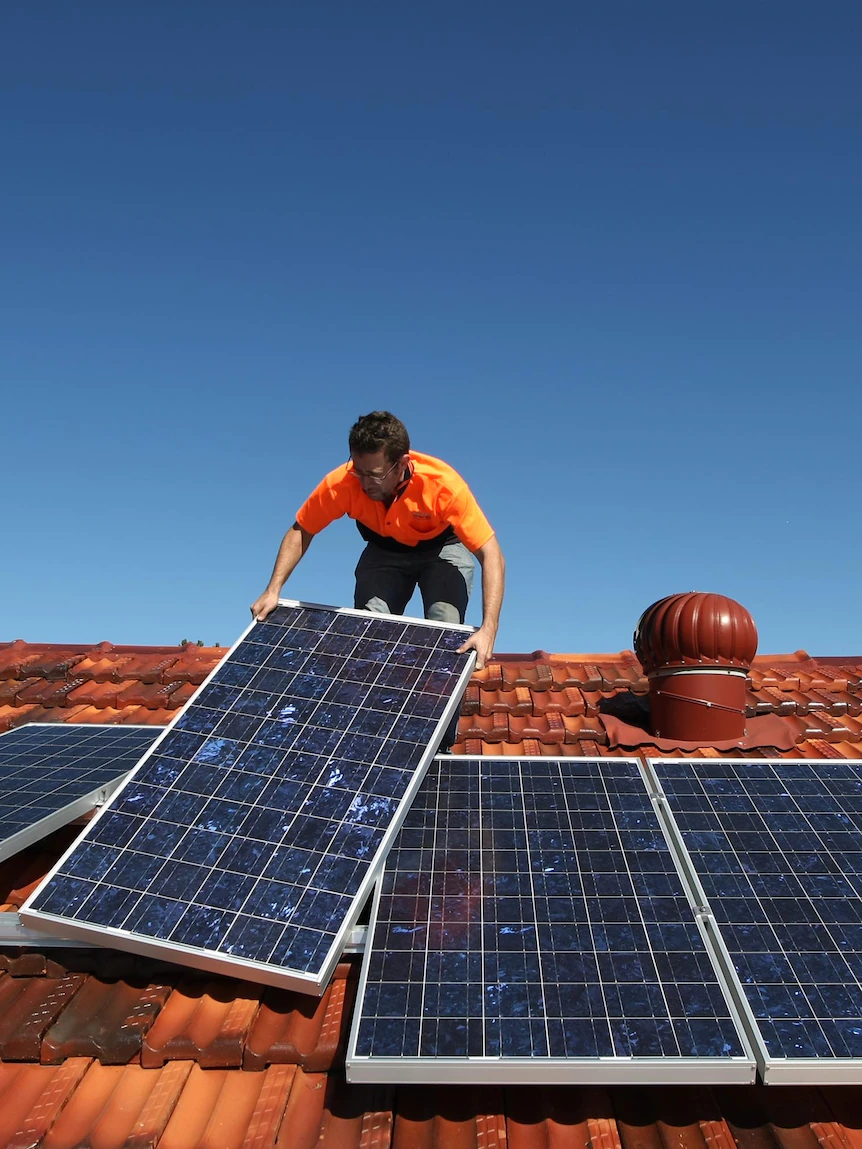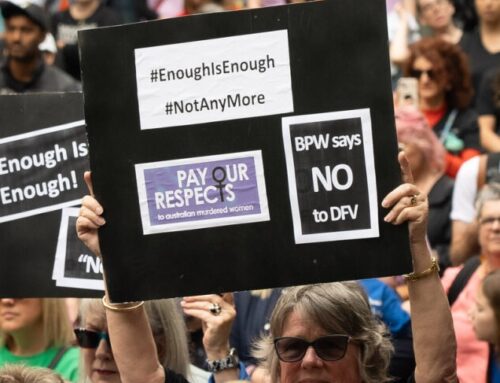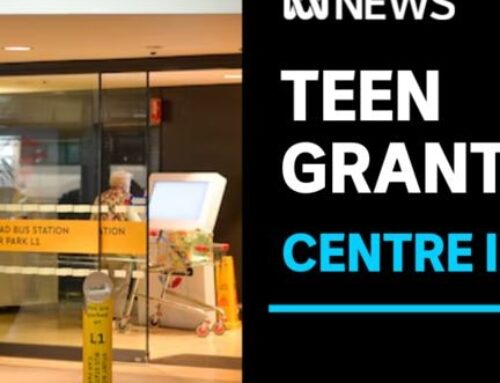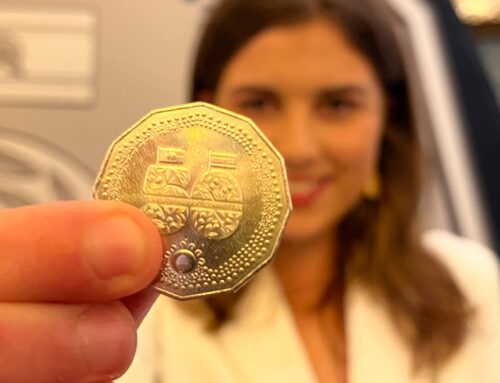South Australian households have bemoaned decreasing returns on solar energy they contribute to the grid, with the electricity regulator saying it has come to have “no value” to the market.
Key points:
- Some energy companies are offering less than 4c/kW for energy fed back into the power grid
- SA’s minimum feed-in rate ended in 2017
- Some consumers are investigating the option of investing in a solar battery system to save money
The incentive to move to renewable energies began in SA in 2008.
The first householders to install solar panels were rewarded with a feed-in tariff rate of 44 cents a kilowatt, which significantly reduced quarterly bills.
As the years have passed, more households installed solar panels and the feed-in rate has continued to get lower.
Most energy providers in the state offer rates anywhere between 5 and 10 cents. But some companies are offering less than 4 cents, which is causing frustration for customers.
What is making the rate low?
The state’s Essential Service Commission (ESCOSA) had previously set a minimum feed-in rate until 2017, and then energy companies could determine their own rates.
ESCOSA chief executive Adam Wilson said having a regulated rate was stopping people from getting the best deal.
“The actual value of the sent-in energy is significantly lower than the price you would see for a usage charge,” Mr Wilson said.
“If the tariff of the day was 35c/kW, the value of the feed-in tariff might be 6 cents.
“At the time, the demand for sent-in energy was higher because the national market hadn’t transitioned far into renewables.
“The market has moved since then and there is a much larger capacity for renewables and so the value of people’s rooftop solar has gone down.
Incentive to go off-grid
Stelios Keliouris works in his family’s chicken shop in Port Augusta and he bought a house last September that has 20 panels and a 7kW system.
He is with AGL and originally had a feed-in tariff rate of 12 cents, but it’s now been dropped to 10 cents.
“I was originally getting 7 cents, so I called them up and they changed me onto a different plan, which saves solar,” Mr Keliouris said.
“I’m paying more for the electricity bill now but I’m getting more cents for the solar, so it evens itself out, but either way I’m not really happy with the amount of savings I’m getting.
“I’m possibly looking into investing in a solar battery — I think that’s where you’ll save a lot of money.”
Lilli Bird lives in Port Pirie and has had a 25kW system for more than eight years.
Her original feed-in tariff rate was 16c/kW and then it got cut down to 8 cents after the regulation ended.
In the last few months, her rate went down to 4 cents and Ms Bird said she wasn’t notified about the change.
“Unfortunately, I’m not up to date with the electricity jargon and I just don’t know how to negotiate a deal,” Ms Bird said.
Ms Bird is also thinking about investing in a solar battery and taking herself off the grid.
The member for Stuart Geoff Brock is urging solar customers to shop around for a better deal.
“I am disappointed that the companies are not paying anything for power that somebody else generates for them for no cost whatsoever,” Mr Brock said.
“I think it’s un-Australian.
“Governments should control the resource sector, but I certainly think the hydrogen power plant at Whyalla will start to stabilise the prices,” he said.





